Can I Fly With Camera Batteries?
Traveling with camera batteries can be a source of confusion and concern for many photographers and videographers. With the increasing security measures at airports and the stringent regulations imposed by airlines, it is crucial to understand the rules and guidelines for carrying camera batteries on flights. This article aims to provide a comprehensive guide on flying with camera batteries, addressing common questions and offering practical advice to ensure a smooth and hassle-free travel experience.
Understanding Battery Types and Regulations
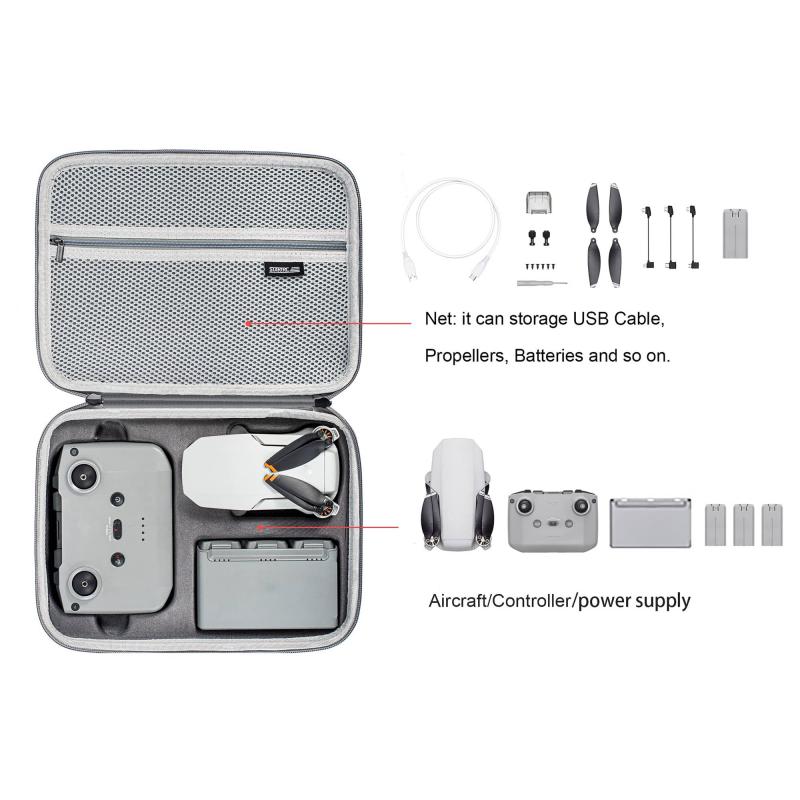
The first step in preparing to fly with camera batteries is to understand the different types of batteries and the regulations that apply to each. Camera batteries typically fall into two categories: lithium-ion (Li-ion) batteries and nickel-metal hydride (NiMH) batteries. Li-ion batteries are the most common type used in modern cameras due to their high energy density and lightweight design. NiMH batteries, while less common, are still used in some older camera models and accessories.
Lithium-Ion Batteries
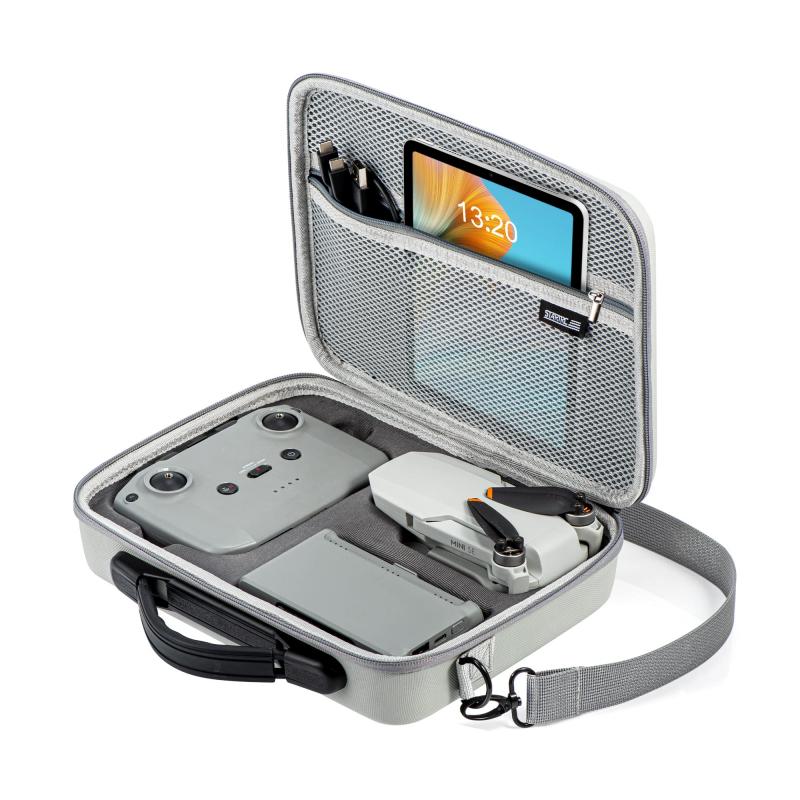
Li-ion batteries are subject to strict regulations due to their potential fire hazard. The International Air Transport Association (IATA) and the Federal Aviation Administration (FAA) have established guidelines for carrying Li-ion batteries on flights:
1. Carry-On Luggage: Passengers are generally allowed to carry Li-ion batteries in their carry-on luggage. This is because the cabin crew can quickly respond to any incidents involving batteries, reducing the risk of fire.
2. Checked Luggage: Li-ion batteries are typically prohibited in checked luggage due to the difficulty in accessing the cargo hold in case of a fire. However, batteries installed in devices (e.g., a camera with a battery inside) are usually permitted in checked luggage.
3. Battery Capacity: The capacity of Li-ion batteries is measured in watt-hours (Wh). Batteries with a capacity of up to 100 Wh can be carried without restriction. For batteries with a capacity between 100 Wh and 160 Wh, passengers are usually limited to carrying two spare batteries. Batteries exceeding 160 Wh are generally prohibited unless special arrangements are made with the airline.
Nickel-Metal Hydride Batteries
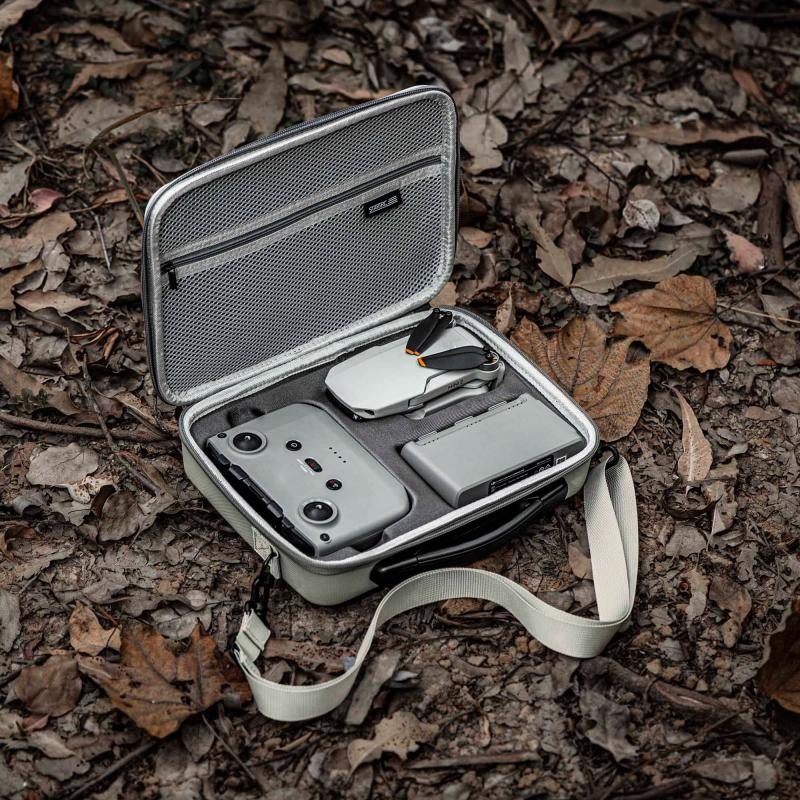
NiMH batteries are less regulated compared to Li-ion batteries. They can be carried in both carry-on and checked luggage without significant restrictions. However, it is still advisable to carry them in your carry-on luggage to avoid any potential issues.
Packing and Transporting Camera Batteries
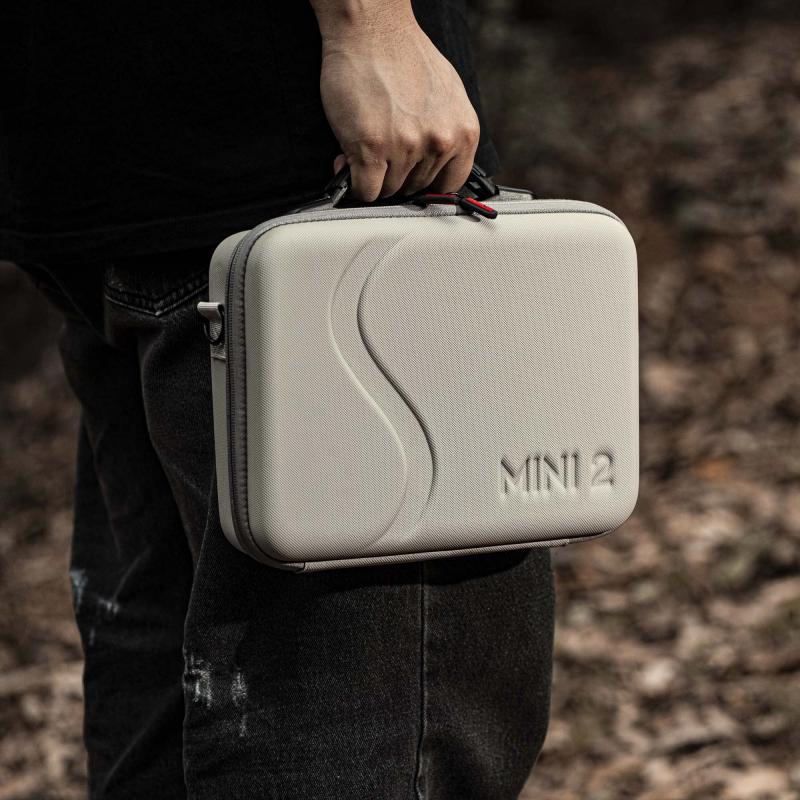
Proper packing and transportation of camera batteries are essential to ensure safety and compliance with airline regulations. Here are some tips to help you pack your batteries correctly:
1. Use Original Packaging: If possible, carry your batteries in their original packaging. This provides the best protection against short circuits and physical damage.
2. Protect Battery Terminals: Ensure that the battery terminals are protected to prevent short circuits. You can use electrical tape to cover the terminals or place each battery in a separate plastic bag.
3. Carry Spare Batteries in Carry-On Luggage: As mentioned earlier, it is safer and often required to carry spare batteries in your carry-on luggage. This allows the cabin crew to address any issues promptly.
4. Avoid Overpacking: Do not overpack your carry-on luggage with batteries. Follow the airline's guidelines on the number and capacity of batteries you can carry to avoid any problems at security checkpoints.
5. Check Airline Policies: Different airlines may have specific policies regarding the transportation of batteries. Always check with your airline before traveling to ensure compliance with their rules.
Dealing with Security Checkpoints
Navigating security checkpoints with camera batteries can be a daunting task, especially if you are not familiar with the procedures. Here are some tips to help you get through security smoothly:
1. Declare Your Batteries: When going through security, declare your spare batteries to the security personnel. This helps avoid any confusion and ensures that your batteries are inspected properly.
2. Follow TSA Guidelines: The Transportation Security Administration (TSA) has specific guidelines for carrying batteries. Familiarize yourself with these guidelines to avoid any issues at the checkpoint.
3. Be Prepared for Inspection: Security personnel may ask to inspect your batteries. Be prepared to remove them from your bag and place them in a separate bin for screening.
4. Keep Documentation Handy: If you are carrying batteries with a capacity between 100 Wh and 160 Wh, it is a good idea to have documentation (e.g., manufacturer specifications) handy to prove that your batteries comply with regulations.
International Travel Considerations
When traveling internationally, it is important to be aware of the regulations and guidelines of the countries you are visiting. Different countries may have varying rules regarding the transportation of batteries. Here are some tips for international travel:
1. Research Local Regulations: Before traveling, research the battery regulations of the countries you will be visiting. This helps you avoid any surprises at the airport.
2. Check Airline Policies: As mentioned earlier, different airlines may have specific policies regarding batteries. Check with your airline to ensure compliance with their rules.
3. Language Barriers: If you are traveling to a country where you do not speak the language, consider carrying a translated document that explains the regulations and guidelines for carrying batteries. This can help you communicate with security personnel more effectively.
Practical Tips for Photographers and Videographers
As a photographer or videographer, you rely on your camera batteries to capture important moments. Here are some practical tips to help you manage your batteries while traveling:
1. Carry Extra Batteries: Always carry extra batteries to ensure you have enough power for your shoots. This is especially important if you are traveling to remote locations where charging facilities may be limited.
2. Use Battery Grips: Consider using battery grips for your camera. Battery grips allow you to use multiple batteries simultaneously, extending your shooting time.
3. Invest in a Portable Charger: A portable charger can be a lifesaver when you are on the go. Look for a charger that is compatible with your camera batteries and has a high capacity.
4. Monitor Battery Levels: Keep an eye on your battery levels and charge them whenever possible. This helps you avoid running out of power during critical moments.
5. Store Batteries Properly: When not in use, store your batteries in a cool, dry place. Avoid exposing them to extreme temperatures, as this can affect their performance and lifespan.
Flying with camera batteries requires careful planning and adherence to regulations. By understanding the rules and guidelines, packing your batteries properly, and being prepared for security checkpoints, you can ensure a smooth and hassle-free travel experience. Whether you are a professional photographer or an avid hobbyist, following these tips will help you keep your camera batteries safe and ready for action. Happy shooting!


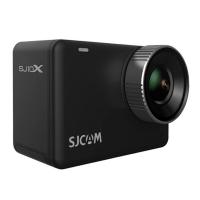

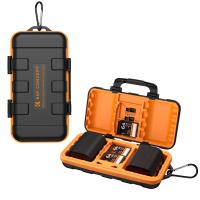
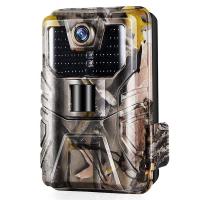



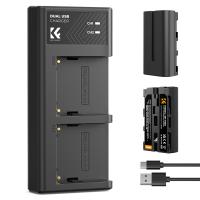
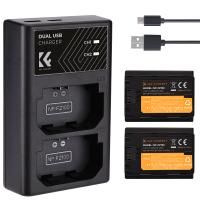
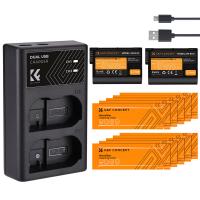








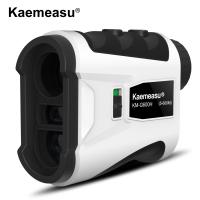
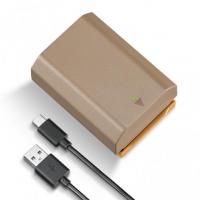
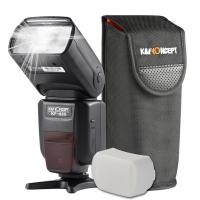
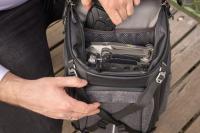
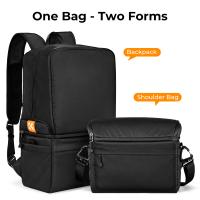

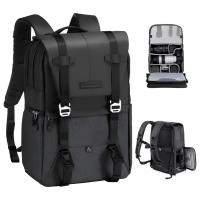




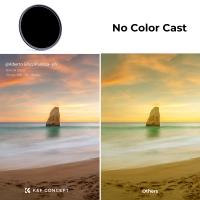



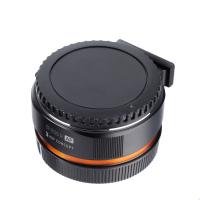
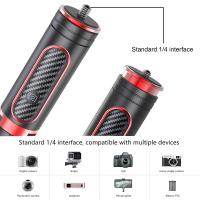

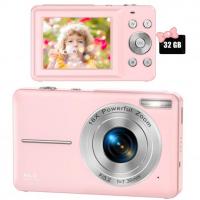
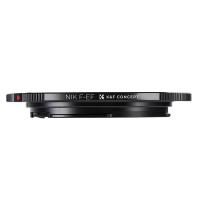
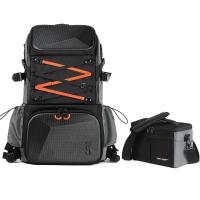
There are no comments for this blog.